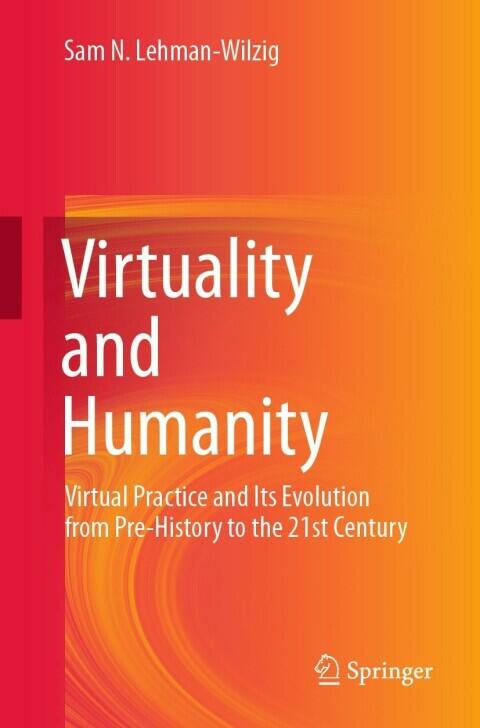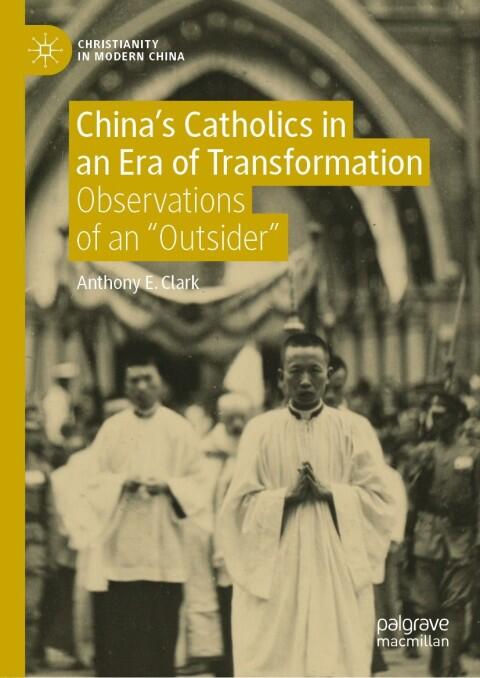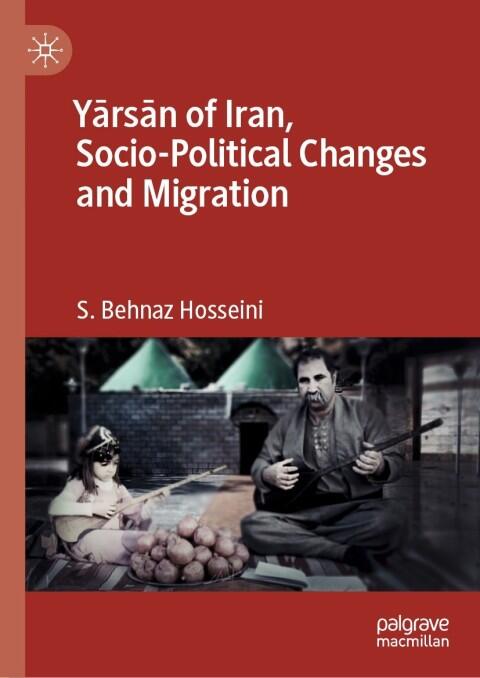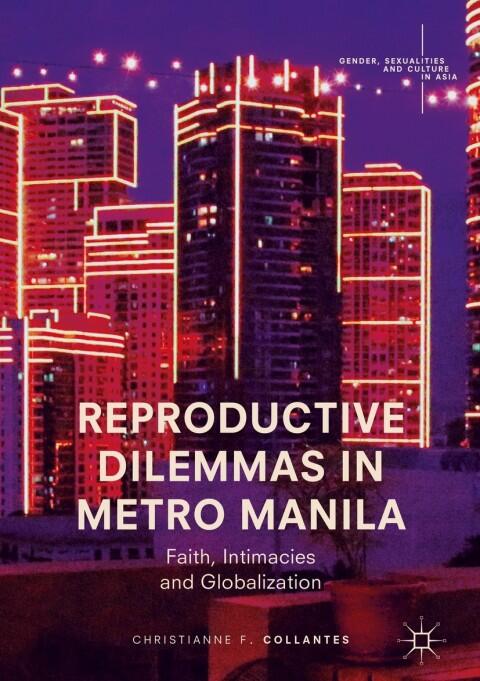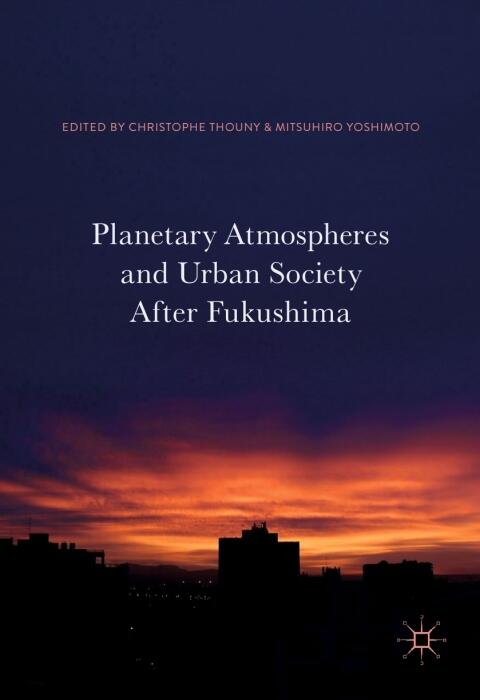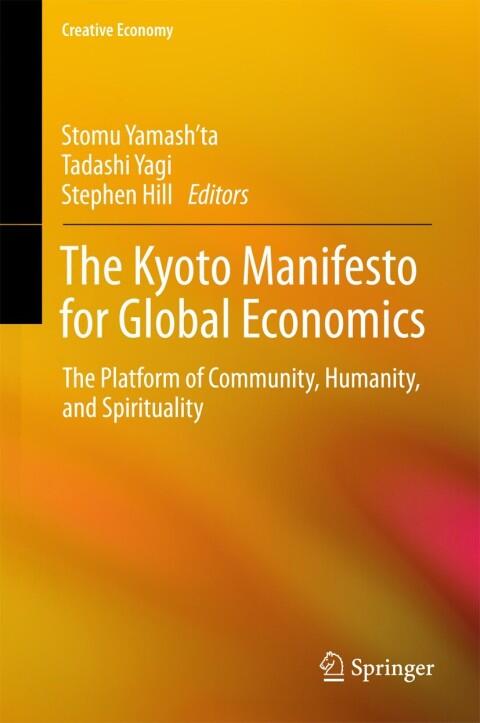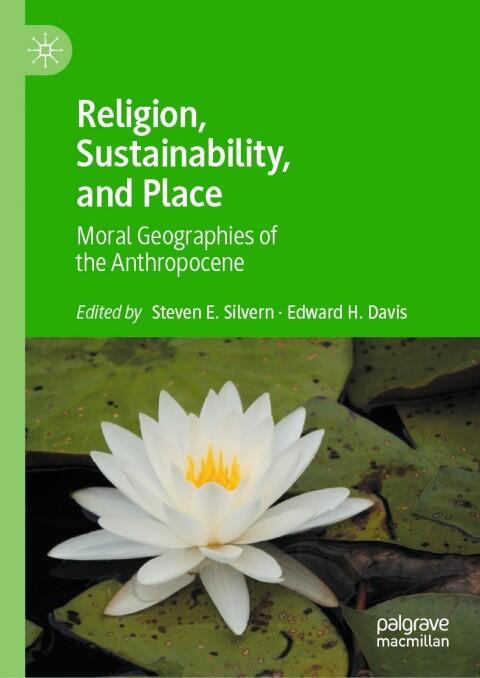
Religion, Sustainability, and Place: Moral Geographies of the Anthropocene
아직 평점이 없습니다
Romance
Action & Adventure
Religion & Spirituality
형식
킨들
페이지
433
언어
중국어
출판됨
Jan 1, 2020
출판사
Palgrave Macmillan
판
1st ed. 2021
ISBN-10
9811576467
ISBN-13
9789811576461
설명
In this insightful examination, the interplay between religion and sustainability is laid bare, revealing how faith communities are engaged in building more sustainable environments. The authors delve into the concept of moral geographies, highlighting how different religious traditions envision their roles within the Anthropocene epoch. By weaving together narratives, they illustrate the profound connections that exist between spiritual beliefs and ecological stewardship.
Silvern and Davis draw upon a rich tapestry of case studies that showcase the initiatives led by various religious groups. From grassroots movements to larger institutional frameworks, these communities strive to foster an ethic that prioritizes the welfare of the planet alongside their spiritual mandates. The book argues that these moral imperatives not only inform religious practices but also influence broader societal values and behaviors toward sustainability.
Throughout the text, readers are invited to consider how the sacred spaces created by religious traditions can serve as catalysts for environmental awareness and action. The authors present a compelling vision of how faith can play a vital role in addressing the pressing challenges of climate change and resource depletion.
Ultimately, this work not only emphasizes the significance of place and belonging in shaping religious attitudes toward the environment but also advocates for a more integrated approach to sustainability—one where spiritual and ecological considerations go hand in hand for the betterment of society as a whole.
Silvern and Davis draw upon a rich tapestry of case studies that showcase the initiatives led by various religious groups. From grassroots movements to larger institutional frameworks, these communities strive to foster an ethic that prioritizes the welfare of the planet alongside their spiritual mandates. The book argues that these moral imperatives not only inform religious practices but also influence broader societal values and behaviors toward sustainability.
Throughout the text, readers are invited to consider how the sacred spaces created by religious traditions can serve as catalysts for environmental awareness and action. The authors present a compelling vision of how faith can play a vital role in addressing the pressing challenges of climate change and resource depletion.
Ultimately, this work not only emphasizes the significance of place and belonging in shaping religious attitudes toward the environment but also advocates for a more integrated approach to sustainability—one where spiritual and ecological considerations go hand in hand for the betterment of society as a whole.
